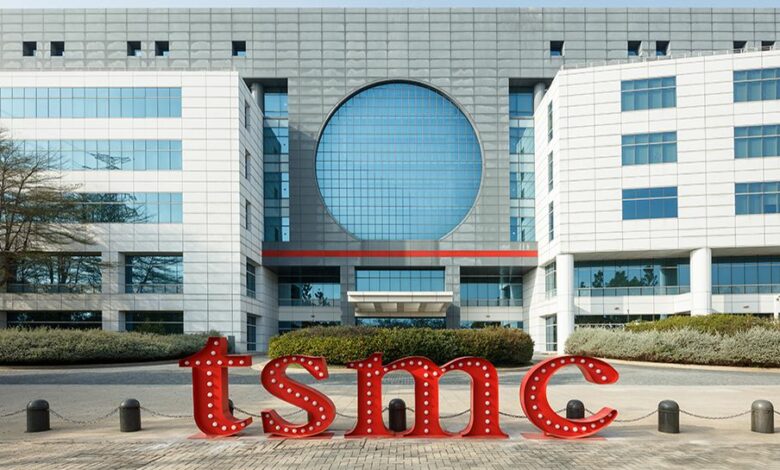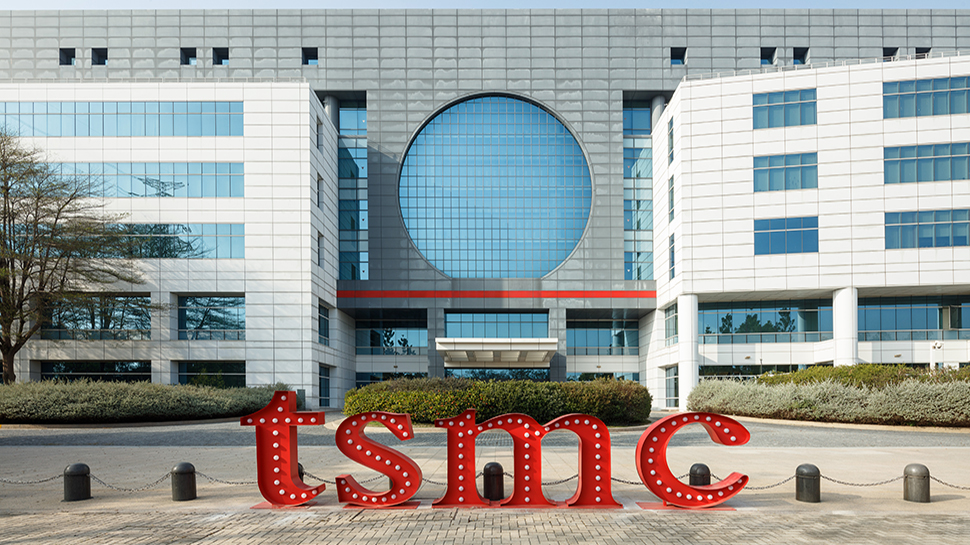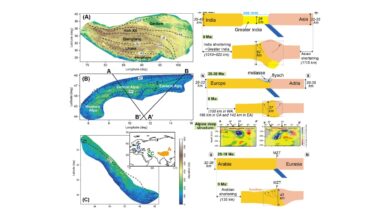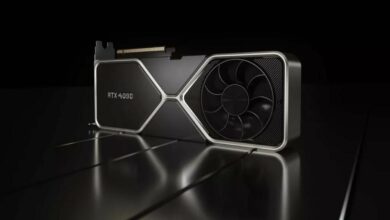Asia’s largest chipmaker is set to join the trillion-dollar club: TSMC will soon topple Meta as it capitalizes on the AI boom


Nvidia isn’t the only tech company to benefit greatly from the AI boom. Taiwan Semiconductor Manufacturing Company (TSMC), the world’s largest contract semiconductor manufacturer, has also seen significant market growth.
TSMC’s market cap recently briefly surpassed $1 trillion, driven by unprecedented global demand for advanced processors. This milestone could be further cemented later this month when TSMC reports its quarterly results.
TSMC produces processors for all the major global chip designers, such as Apple, Intel, Nvidia, AMD and Qualcomm. These processors are in high demand, often leaving TSMC without any real competition.
Expectations are high
It will come as no surprise that TSMC’s recent market cap surge is largely due to the growing demand for AI semiconductors. According to TSMC, the market is expected to grow by 250% this year.
It’s safe to say the chip company is set for a banner year in 2024. In April, the company was forced to evacuate workers and halt operations after Taiwan was hit by the worst earthquake in a quarter century. A few days later, the company was awarded $6.6 billion as part of the CHIPS and Science Act to fund domestic semiconductor manufacturing on U.S. soil.
Although TSMC’s market cap has since fallen to $982.37 billionachieved a milestone status by becoming the first Asian company to reach a market capitalization of one trillion dollars. It currently ranks eighth on the list of largest companies worldwide, behind Meta in seventh place with $1.348 trillion. Interestingly, Intel has a market cap of “only” $145.98 billion, which puts it far down to 97th place.
Expectations are high that TSMC’s stock and market capitalization will rise after the announcement of its Q2 2024 financial results. The company is expected to achieve even higher revenues in the second half of the year, as, Tom’s Hardware says: “Companies like Apple, AMD and Intel are ramping up production of their latest processors from the second quarter.”




